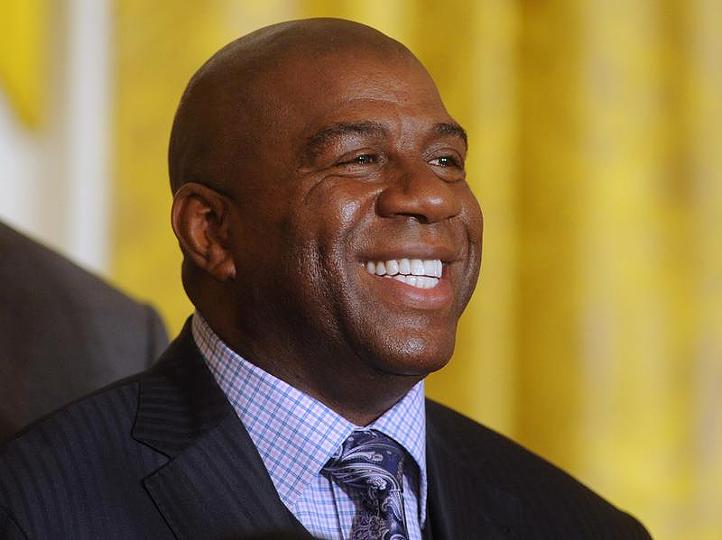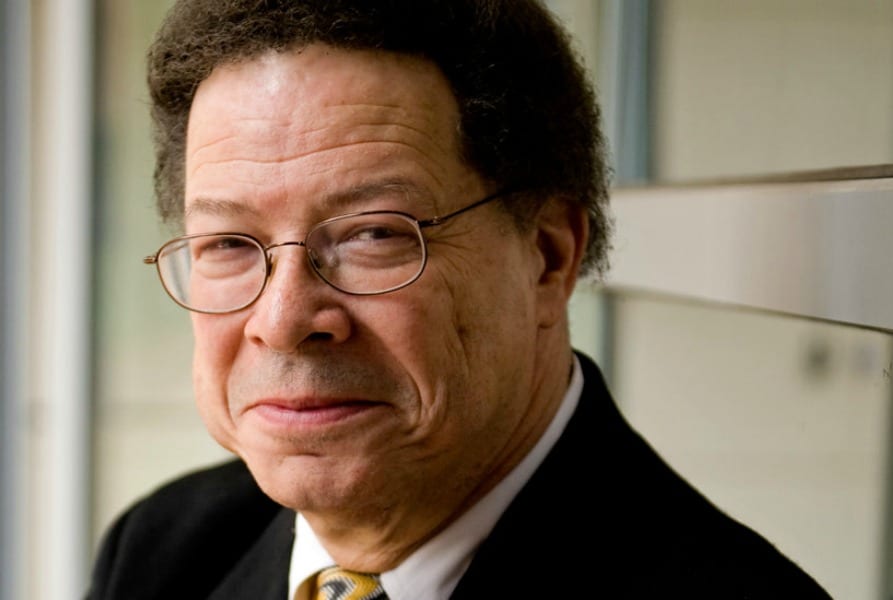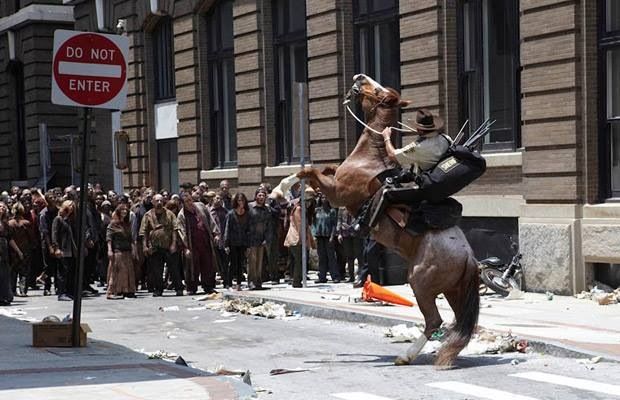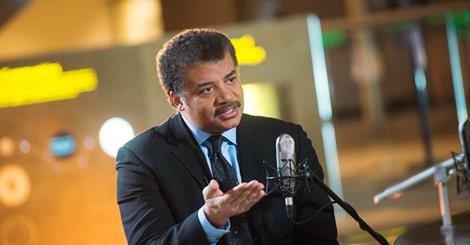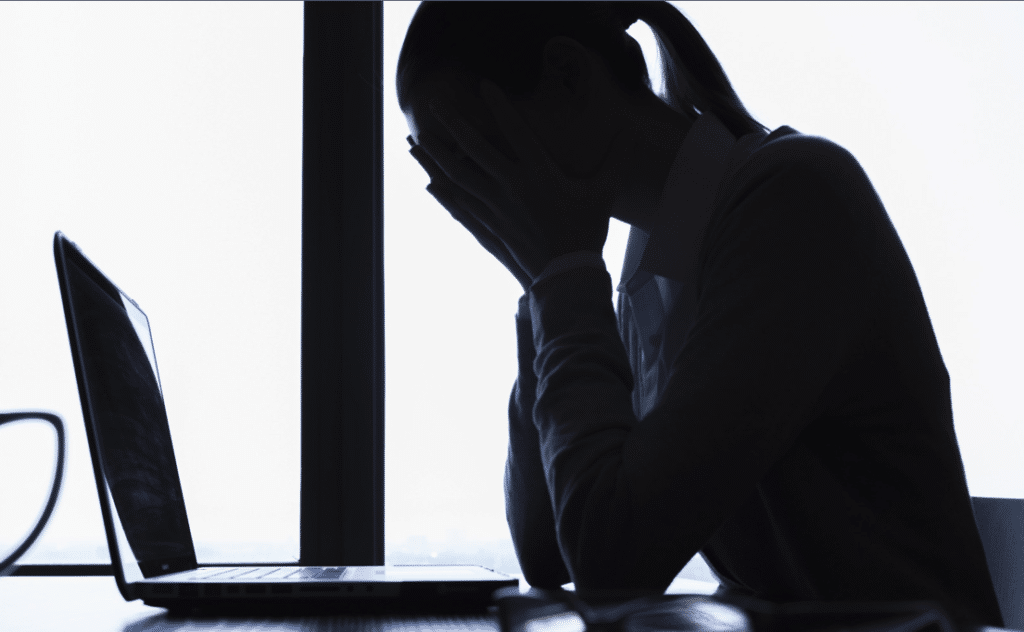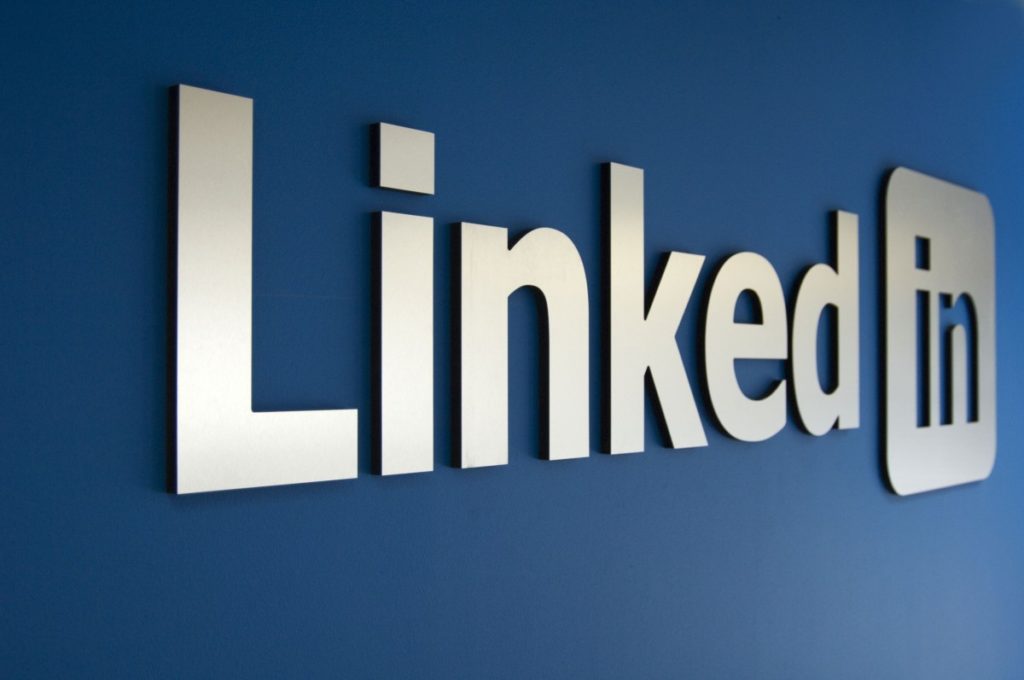If you were to ask most parents about their feelings toward social media, they would likely express some disdain toward the way the youth interact online. They may express their concerns about teens being too engulfed in such sites or discuss the unhealthy relationships that could form in cyberspace.
What some parents fail to realize, however, is just how mentally and emotionally devastating social media can be for teens as they navigate through middle school and high school.
Social media abuse is far from something that happens in occasional isolated incidents, and it is by no means something users can protect themselves from by toggling privacy settings or blocking certain users.
Whether it’s a classic example of one person bullying another or more extreme cases of “expose pages” that dedicate an entire social media profile to exposing a teen’s alleged promiscuous behaviors or slamming his or her physical appearance, social media abuse is extremely prevalent even after years of warnings and initiatives aimed at improving the digital landscape for young people.
The abuse of social media is even using “games” as a disguise. Users will start group messages rating different users’ appearances and share screenshots of the often-insulting conversations with their social media followers.
With a plethora of social media sites to pick from, online attacks are now rampant, especially among middle school and high school-aged children, and have even been the cause of many teenage suicides.
According to a survey led by Poco Kernsmith, an associate professor of social work at Wayne State University, roughly 54 percent of students at low-risk schools, which tend to be in wealthy areas with low crime rates, admitted to misusing social media.
Roughly 45 percent of students in high-risk schools admitted to the same thing.
Kernsmith believes the difference is simply caused by the different levels of access students have to new technology that connects them to social media but ultimately proves that cyberbullying and social media abuse plagues teens of all socioeconomic backgrounds.
One 14-year-old from Allen Park, Michigan, Taylor Goodwin, said she witnesses the negative effects of social media abuse all the time.
She told researchers that talking trash online “causes all kinds of drama” and incidents of “throwing shade” have frequently sparked bigger brawls in person.
“It spreads around the school like wildfire,” she said of the subliminal social media attacks that refer to a specific person but doesn’t necessarily include that person’s name.
“It gets pretty nasty out there,” Chad Gross, an 18-year-old who graduated from Annapolis High School in Dearborn Heights, Michigan, told USA Today. “Everyone feels invincible behind a computer screen.”
That feeling of invincibility is quickly eradicated once some students come face to face with their online attackers.
Students admit to seeing how online attacks sparked fights at school or influenced suicide attempts by classmates.
“These kids don’t think about the very real impact that these little messages and s**t have,” said one Georgia mother who chose not to be identified.
Her daughter, a 14-year-old girl who attends a middle school in Gwinnett County, was subjected to cyberattacks after an ex-boyfriend spread rumors about her throughout the school.
“She refused to go to school. … I asked her why and she showed me her [Twitter] account,” the Georgia mother said. “I mean there were pictures, videos, messages everything. Kids were making like edited images of her and they thought it was funny. This little knucklehead lied about my daughter, and it took so long for her to get past it.”
She went on to express concerns about the fact that social media has helped to divert students’ attention away from learning and forced them to focus on what kind of personas they have to take on in order to avoid falling victim to cyberattacks.
As the popularity of social media continues to grow and certain platforms inadvertently make it easier to facilitate online bullying and sexting, parents are scrambling to find a solution.
For some parents, they host frequent conversations with their teen about the proper way to behave online and trust their child to follow the rules presented to them during such discussions.
Others may have the same talks but also insist that their children hand over their social media passwords and usernames.
“I only go in there if I suspect something is wrong,” Melissa Goodwin, Taylor’s mother, told USA Today. “I try to give her her privacy… We have conversations about what you can and can’t do.”
Kernsmith urges parents to remind their kids that “nothing is private online, remember nothing online can be taken back, be aware of pressure and coercion, consider the reaction and feelings of others and remember nothing is truly anonymous.”
She hopes that with those tips in mind fewer teens will engaged in the harmful behaviors that lead to bullying, sexting and other negative trends that could push some young social media users into the depths of depression.







